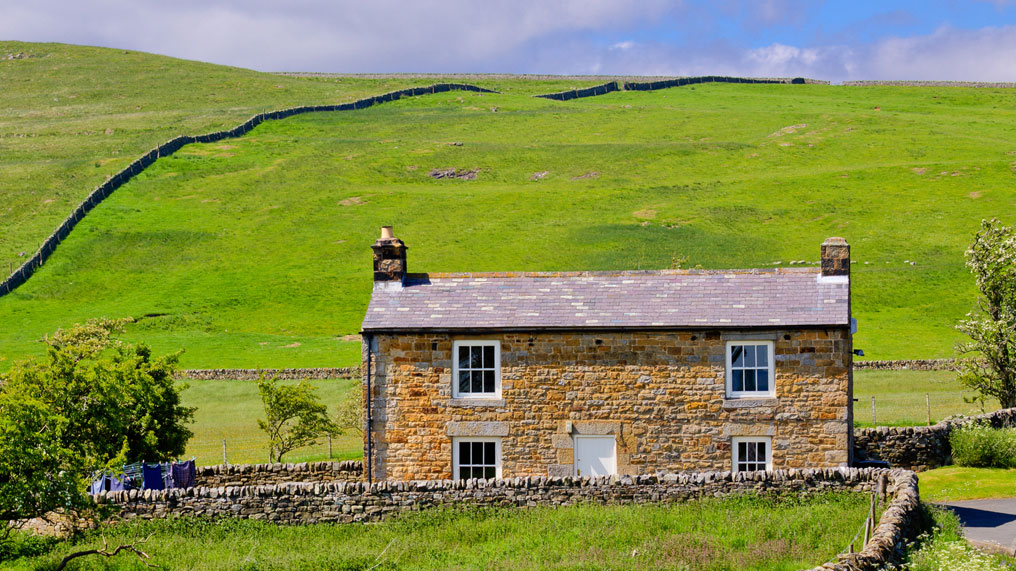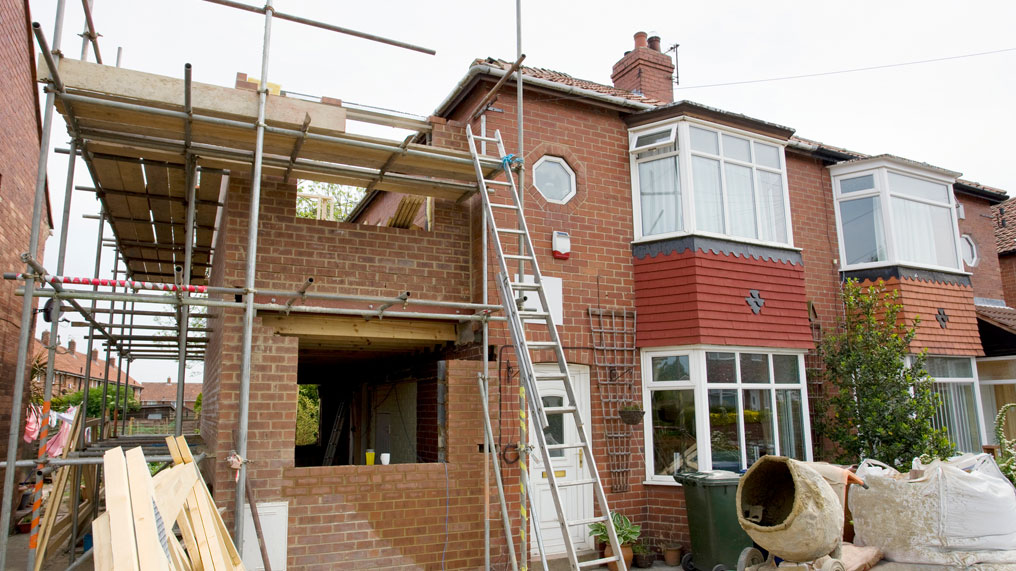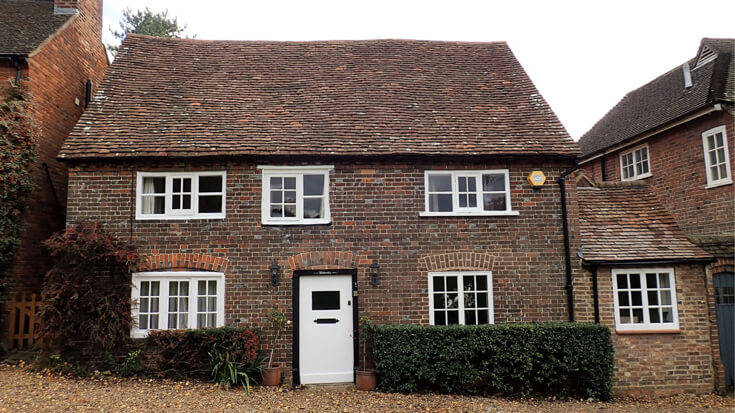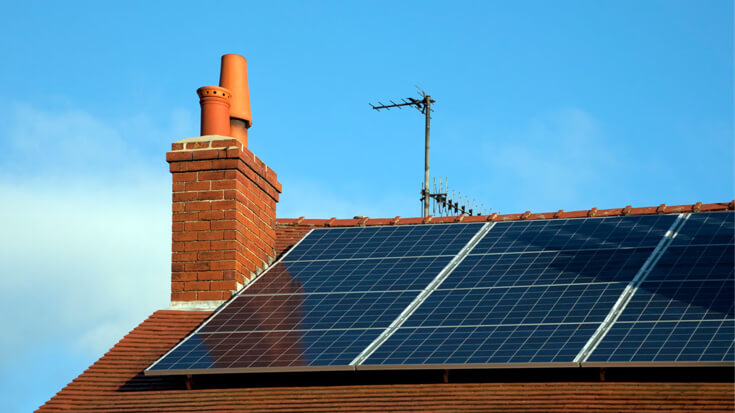Pubs, shops, churches and even public toilets might not be everyone's idea of a home, but more and more people are buying unique properties and converting them into houses.
If you're thinking of buying an old or unusual building or carrying out a conversion project, there are a few things to think about.
Permission to change the use of a building
Before you consider buying an old Post Office to convert, check whether you need planning permission. Properties are grouped into categories according to their use. For example, shops are classified as A1 and family homes as C3. You wouldn't need permission to change from one A1 use to another, but you will if you want to change between categories. Rules and decisions can vary, so get advice from planning experts.
Also, you need to take into account local reaction to your plans. If you want to convert a much-loved pub into a house, there might be objections.
Listed buildings
Historic buildings look beautiful, but if they're listed there’ll be even more restrictions about the changes you can make. All buildings built before 1700 which survive in anything like their original condition are listed, as are most of those built between 1700 and 1840.
If you buy a listed building, you'll need to get special Listed Building Consent to:
-
Demolish any part of it
-
Remove or replace any of the windows and doors
-
Make certain alterations to the inside of the building
-
Add any extensions that would affect its character
Turning a building into a home
Old factories, windmills and churches weren't designed for people to live in, so there could be issues with things like insulation, noise and the space itself.
You'll need to take this into account when working out the costs of your project or considering whether to buy.




